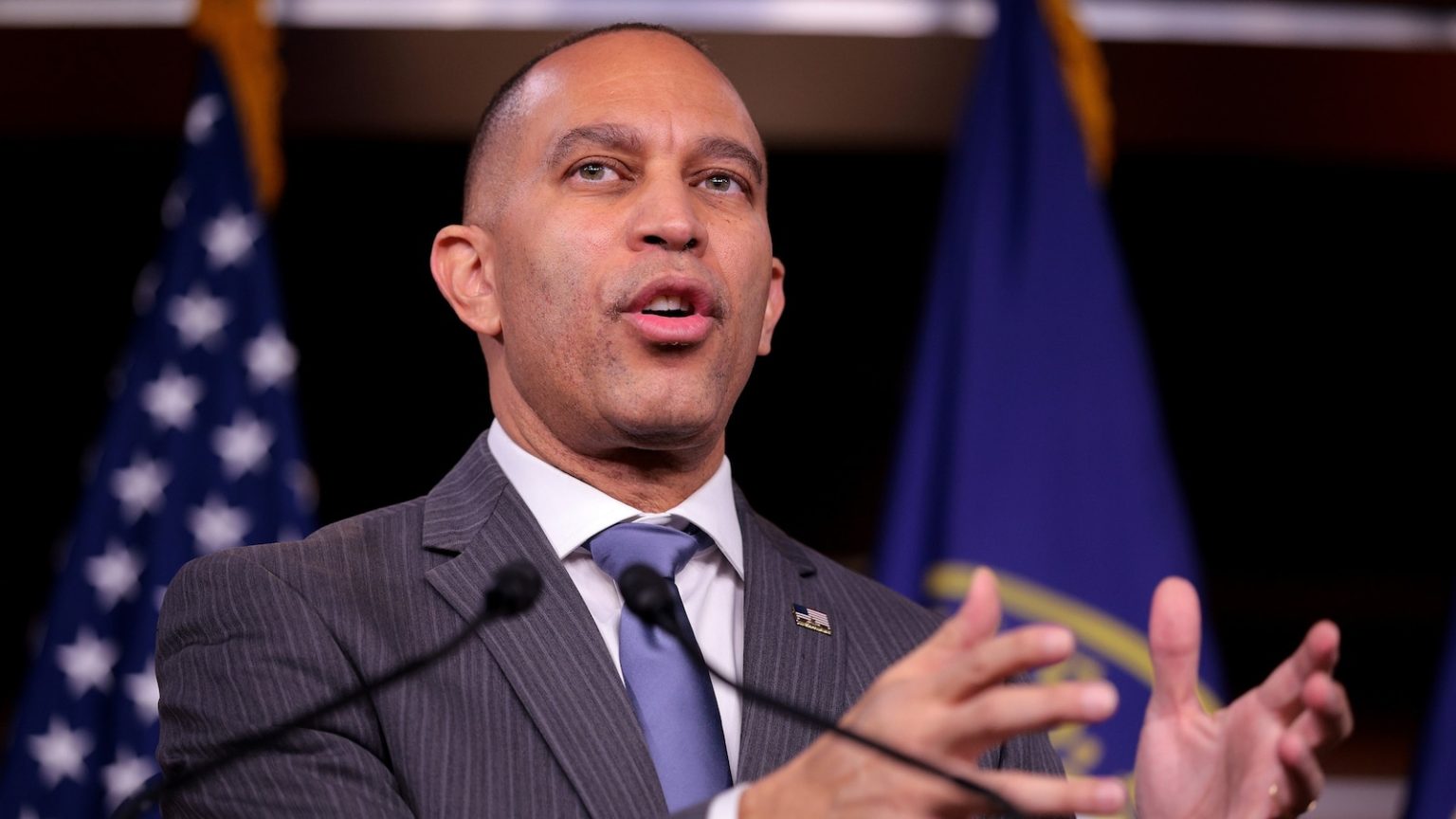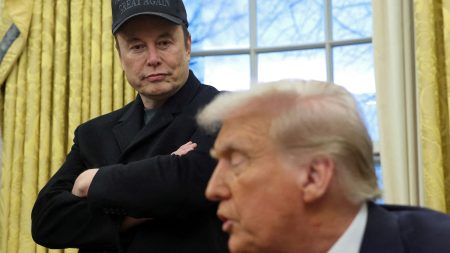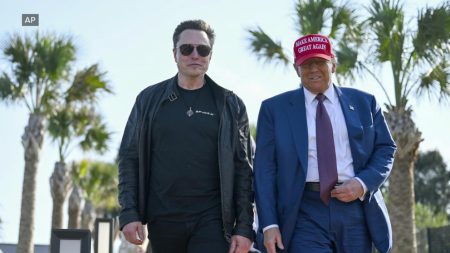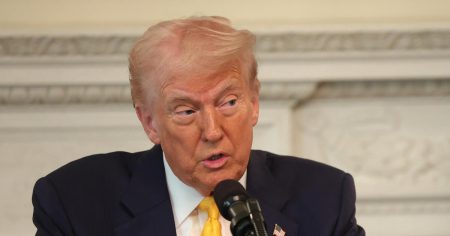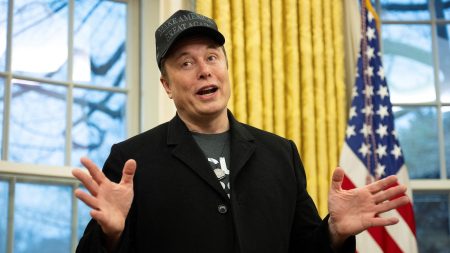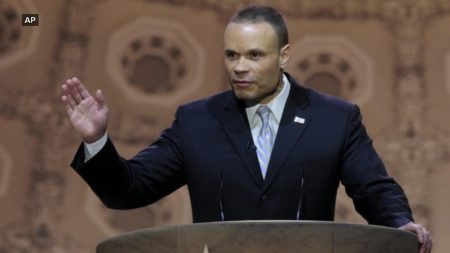Certainly! Here’s a well-structured, humanized summary of the content in six sections with clear headings, written in an engaging and accessible tone.
1. Introduction: A Strategic Showdown
The political landscape is heating up as Democrats gear up to challenge vulnerable House Republicans by focusing on proposed budget cuts, particularly to Medicaid. A recent memo from the Democratic Congressional Campaign Committee (DCCC), obtained by ABC News, reveals a strategic plan to highlight these cuts as harmful to American families. Republicans are set to vote on this budget blueprint soon, and Democrats aim to use this as ammunition in the next election.
2. The Memo and the Cuts: A Plan to Highlight Pain
The DCCC memo, titled “Medicaid Cuts Prove Politically Perilous for House Republicans,” outlines a strategy to portray GOP members as supporting a budget that could cause significant hardship. The budget aims to cut $2 trillion from mandatory spending, which includes entitlement programs like Medicaid. Democrats argue that these cuts will disproportionately affect low-income individuals and those with disabilities, painting the GOP as out of touch with vulnerable communities.
3. Impact on Medicaid: A Lifeline Under Threat
Medicaid, a crucial healthcare program for millions, is at the center of this debate. The proposed cuts could lead to stricter eligibility criteria and reduced federal funding for states. For rural and Hispanic communities, where healthcare facilities are already struggling, these cuts could be devastating. Hospitals and nursing homes in these areas may face closure, leaving millions without access to essential care.
4. Republican Leadership’s Defense: Balancing the Budget
GOP leaders argue that the budget is a necessary step to reduce government size and scope, emphasizing that specific cuts are still under discussion. They maintain that Social Security and Medicare are off the table, contrary to Democratic claims. However, internal concerns are rising, with some Republicans expressing anxiety over the potential backlash, especially in swing districts where Medicaid is a lifeline for many constituents.
5. Public Backlash: Voices of Dissent
The proposed cuts have sparked outrage, with constituents expressing their frustration at town hall meetings. Stories of layoffs from Elon Musk’s Department of Government Efficiency (DOGE) have further fueled anger. While GOP leaders dismiss these protests as orchestrated by Democrats, the growing public dissent indicates a grassroots movement that could influence future elections.
6. Conclusion and Implications: Political Maneuvering
The debate over budget cuts is not just about fiscal policy; it’s a strategic battle for public support. Democrats aim to use these cuts as a rallying cry, while Republicans seek to frame the budget as a responsible step toward smaller government. The outcome could significantly impact the 2026 elections, with both parties vying to win the hearts and minds of the American people.
This summary captures the essence of the political tensions surrounding the budget cuts, presenting the information in a clear and engaging manner while maintaining a neutral tone.





